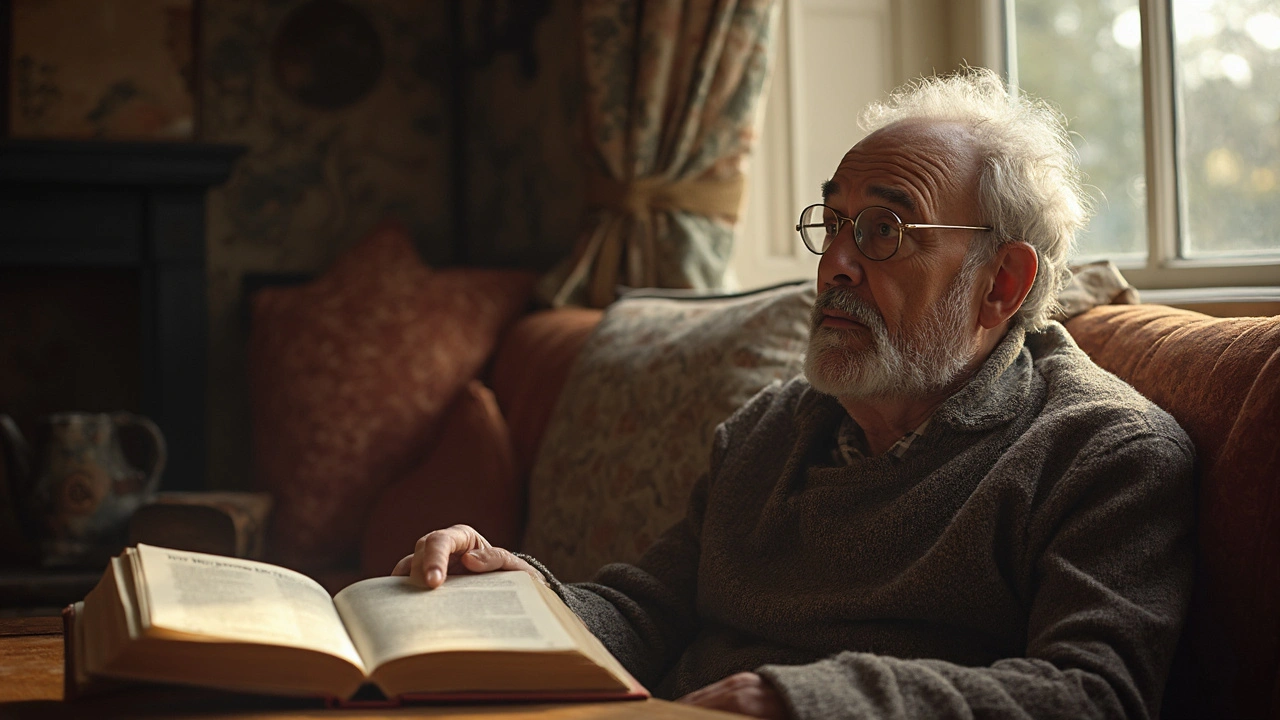Myosis — why your pupils look unusually small
Noticed one or both pupils looking pinched? That’s called myosis (often spelled miosis). It can happen for nothing — like when you step into bright light — but sometimes it points to a medicine effect or a health problem. This short guide explains the usual causes, the meds that do it, and what to do if it shows up suddenly.
Pupils change size all the time. They get smaller in bright light and larger in the dark. Your brain, nerves, and eye muscles all work together for that. When the pupil stays small or becomes very tiny without an obvious reason, that's when we call it myosis.
Common causes are simple and harmless: light, focused near work (reading), and normal variation. Other causes are less obvious: certain drugs, nerve problems around the eye, exposure to some chemicals, or central nervous system issues. The pattern matters — are both pupils small or just one? Is there pain, vision loss, headache, or trouble breathing?
Drugs are a frequent trigger. Opioids (like morphine or codeine and street drugs) often cause constricted pupils. Some blood pressure medicines such as clonidine can make pupils smaller. Eye drops used for glaucoma (pilocarpine) are meant to constrict pupils. Certain insecticide exposures or cholinesterase-inhibiting drugs can do the same and can be serious.
One-sided myosis points more to a local eye or nerve problem. Horner’s syndrome — caused by interruption of a specific nerve pathway — gives a small pupil on one side plus a droopy eyelid and sometimes less sweating on that face. Bilateral small pupils often suggest a systemic cause like medication effects or widespread nerve signals.
When to worry
Get urgent help if myosis is new and comes with trouble breathing, drowsiness, severe headache, vision loss, recent head or neck injury, or signs of poisoning (nausea, sweating, blurred vision). If you or someone has very small pupils plus slow breathing or loss of consciousness, treat it like an opioid emergency and call emergency services — naloxone can reverse opioid effects.
For less urgent cases, check your medicine list. Did a new drug or eye drop start recently? Take a photo of your eyes in bright and dim light to show your clinician. Note any chemical exposures at work or home.
What doctors may do
Your clinician will compare both pupils, check vision and eye movements, and do a basic neurologic exam. They may review medicines, search for signs of Horner’s syndrome, or order imaging if a stroke or mass is suspected. Eye specialists sometimes use drops to test how the pupil reacts — that helps pinpoint the cause.
Simple steps you can take now: stop a nonessential new medication only after checking with prescriber, avoid unknown substances, and bring a current medicine list to your appointment. Want a quick read on meds that commonly affect pupils? See our article on Clonidine and our guide to Atarax (hydroxyzine) for related info. NorthwestPharmacy.SU has more plain-language posts if you want to learn what your pills might do to your eyes.

Understanding Myosis and Its Link to Uveitis
Discover the connection between myosis and uveitis, two conditions that affect the eyes. Myosis, characterized by an abnormal constriction of the pupils, can sometimes indicate underlying issues like uveitis, which is an inflammation of the eye. This article explores how these conditions are related, symptoms to watch out for, and practical tips for managing eye health. Learn how early detection and treatment can prevent complications.
Read More